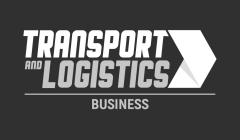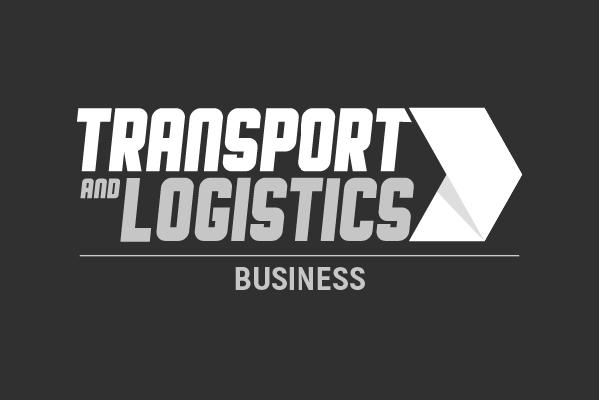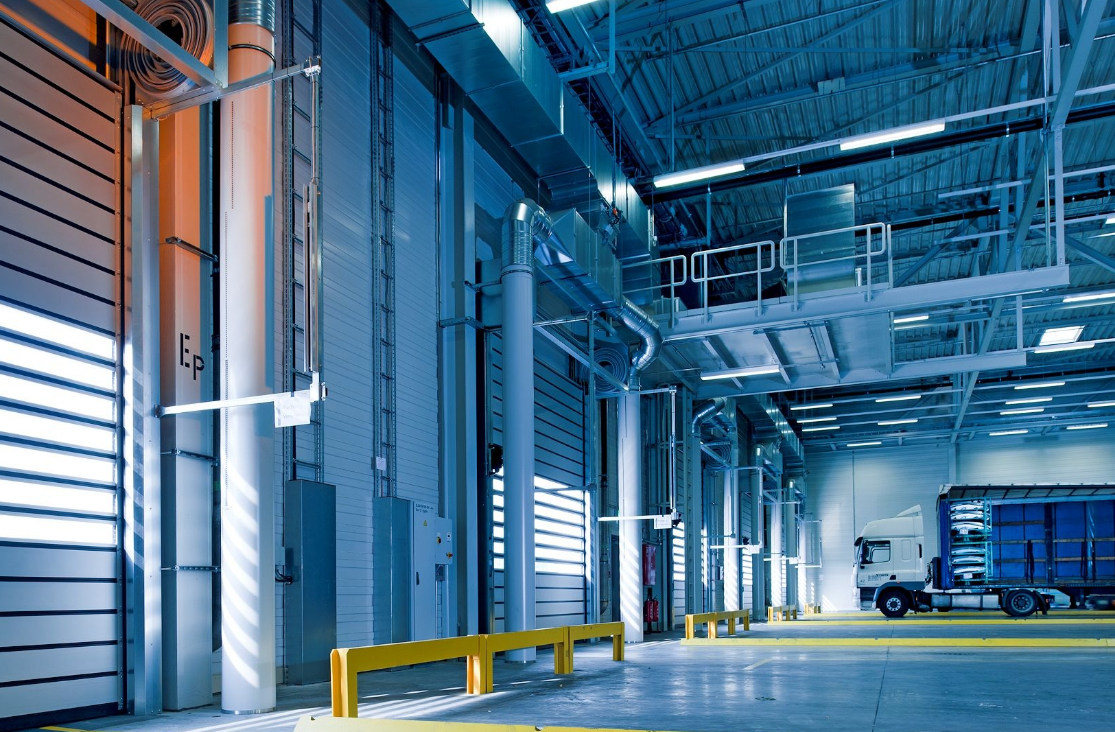Richard Shipperbottom, founder of industry specialists Applied Acumen draws upon vast experience of improving distribution operations over the last twenty years to give us 3 tips for making big improvements this year.
Get the basics right!
How many vehicles does your company have? Seriously, it might make you laugh, but it isn’t funny: most of the businesses that run a fleet of more than a couple of dozen vehicles don’t actually know how many they have! It gets worse when there are more than one or two depots, too.
There will be vehicles off road (VOR) in for repair, MOT or service, there will be vehicles on hire, vehicles waiting to be returned, vehicles on order, vehicles all over the place. Of course, your fleet or transport manager is supposed to keep track of it all, but chances are the numbers on the sheet will be wrong. This includes all those running a decent TMS tracker system, too.
When you work as we do with companies with several hundred vehicles, of varying types from vans to articulated trucks, this is usually an area that can yield some quick cash to pay to overcome some of the more difficult challenges that distribution managers of such operations face.
So start simple – count your vans.
Remember where your cost lies – in behavior!
Good drivers are both valuable and expensive – not the same thing – but they are often viewed in the same way as the temp hired to load the cardboard baler.
Whilst trucks particularly are usually planned for high capacity utilisation, and most organisations have a go at optimising routing one way or another, driver time out of the cab is often an afterthought. In many businesses, the drivers are seen to load their own vans, and spend anything from 30 minutes to several hours at the depot doing everything else other than actually driving, or spending valuable face-time with customers.
Take a look at how your drivers spend their time, and do everything in your power to get them in and out of the depot in as short a time as possible.
Automate, but take in the big picture!
There are several areas within the distribution area where automation can yield significant benefits. These can add up to much more than the sum of their parts if managed well.
Firstly, there’s distribution planning. This comes before route optimisation and is not the same thing, since there are typically many different delivery options, possibly carrying different cost or sales value, which should be considered before any wheels hit the road. What are those options, and how are they presented to the customer for maximum benefit?
Route optimisation software itself can be expensive, but there are an increasing number of challengers – like Applied Acumen – to the established brands that do a great job and should not be overlooked.
Moreover, as with any software, routing is a slave to the data and assumptions that are provided, and it is here where most real gains are made: for example, we find more miles being driven and diesel being burned as virtual planners chase imaginary mpg, and we find drivers’ local knowledge being ignored, and then debriefs becoming antagonistic or meaningless.
Finally, there’s in cab telematics. Like all the other stuff, it is great tech, so long as it is used properly! The mistake is to think the job is done once it has been installed, when in practice the job of management has just begun.












